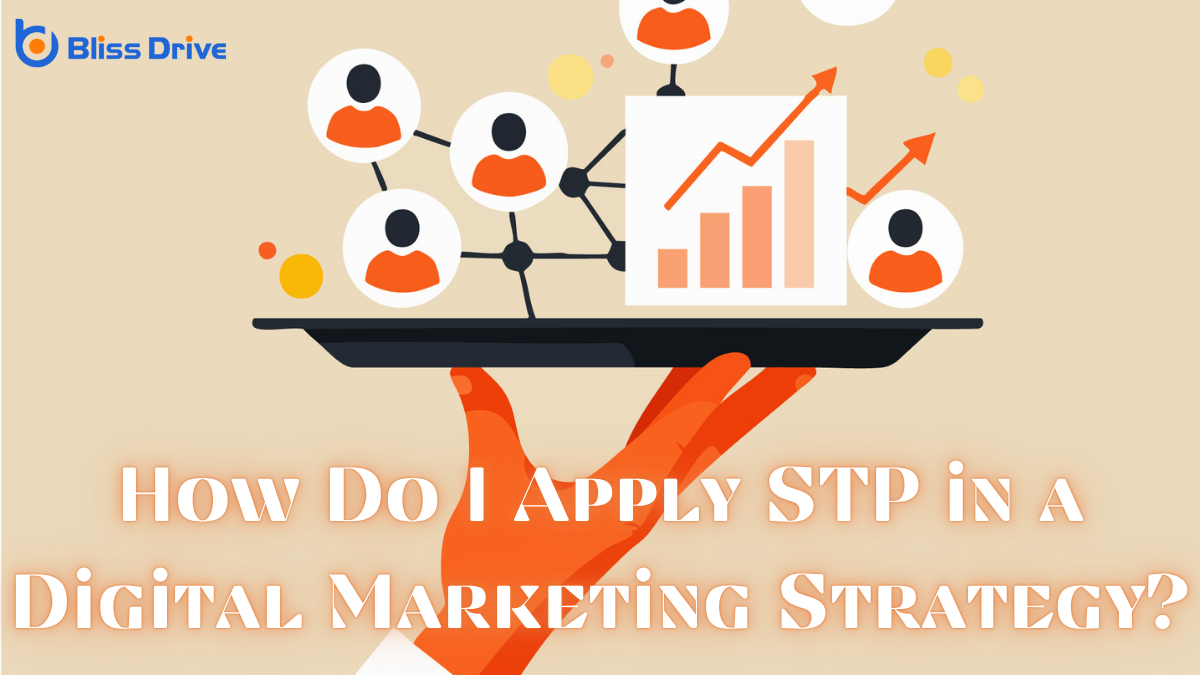Learn More About Us

In today's competitive digital landscape, applying the STP framework—Segmentation, Targeting, and Positioning—is essential for crafting an effective marketing strategy. By segmenting our audience based on unique characteristics and behaviors, we can tailor our messaging to resonate with specific groups. This approach not only enhances engagementThe interactions that users have with a brand’s content on social media. but also positions our brand uniquely in the market. So how do we harness these elements to elevate our digital presence and drive success? Let's explore this further.
SegmentationThe process of dividing a market or customer base into distinct groups with similar characteristics...., targeting, and positioning (STP) form the backbone of any effective digital marketing strategy.
We need to break down STP into manageable pieces to truly harness its power. Segmentation involves dividing the broad market into smaller, more defined categories based on shared characteristics. This allows us to identify groups with similar needs.
Once we've segmented the market, targeting comes into play. We focus our marketing efforts on the most promising segments, guaranteeing our resources aren't wasted.
Finally, positioning helps us craft a unique identity for our brand, setting it apart from competitors in the eyes of our chosen audience.

To effectively identify and analyze our target audience, we must first gather extensive data about their demographics, behaviors, and preferences. This involves using tools like Google AnalyticsThe systematic computational analysis of data or statistics to gain insights and support decision-ma..., social media insights, and customer surveys to paint a detailed picture of who they are.
Understanding age, gender, location, and interests helps us tailor our marketing strategy to their needs. We should look at online behavior patterns, such as browsing habits and purchase history, to gain deeper insights.
Analyzing this data is essential. It allows us to understand what our audience values and how they interact with our brand. We can then adjust our messaging to resonate with them.
To make our digital marketing strategy truly effective, we need to identify key audience groups and analyze their behaviors.
By doing so, we can tailor our messages and tactics to meet the specific needs and preferences of each segment.
Let’s explore how breaking down our audience into distinct groups can leadA potential customer referred by an affiliate who has shown interest in the product or service but h... to more personalized and impactful interactions.
How do we guarantee our digital marketing efforts hit the mark? We start by identifying key audience groups. By understanding who we're talking to, we can tailor our messages effectively.
First, we gather demographic data like age, gender, and location. This helps us see the broad picture. Next, we dive deeper by considering psychographic information, which includes interests, values, and lifestyles. This tells us what truly matters to our audience.
We should also pay attention to how our audience interacts with our brand. What channels do they frequently use? What kind of content do they engage with the most?
Having identified our key audience groups, we now focus on analyzing their behaviors to guarantee our messages hit home. Understanding how our audience interacts with digital platforms is essential.
We should examine data from website analytics, social media engagementThe interaction between a brand and its audience on social media, including likes, comments, shares,..., and email response rates. By doing this, we uncover patterns in how they engage with content, the times they’re most active, and which messages resonate best.
Let’s not just look at numbers but also consider qualitative insights from reviews and feedback. This exploration helps us tailor content that speaks directly to our audience’s needs and preferences.
With these insights, we can create more personalized and effective marketing strategies that connect deeply and drive desired actions, ensuring every message is impactful.
Now that we've segmented our audience, it's vital to define our target audience clearly to guarantee our marketing efforts hit the mark.
By understanding who we're speaking to, we can personalize marketing messages that resonate on a deeper level.
Let's focus on crafting these tailored strategies to connect with our audience more effectively.
Identifying the target audience is the cornerstone of crafting effective marketing strategies. When we define our audience, we guarantee our efforts speak directly to those who need our products or services. This approach maximizes relevance and engagement, ultimately leading to better conversionThe completion of a desired action by a referred user, such as making a purchase or filling out a fo... rates.
By understanding demographics, interests, and behaviors, we create a clear picture of who we’re trying to reach.
Let’s use data to guide us—social media insights, customer feedbackInformation provided by customers about their experience with a product or service, used to improve ..., and market research are invaluable resources. As we explore these details, we’ll uncover patterns and preferences that inform our strategies.
This isn’t just about knowing who they are; it’s about understanding their needs and desires. By doing so, we can tailor our approach to resonate with them effectively.
Understanding our target audience lays the groundwork for crafting messages that truly resonate. When we tailor our marketing messages to meet the specific needs and preferences of our audience, we create a stronger connection and boost engagement.
To achieve this, we should focus on personalizing our communications by considering the following:

When we position our brand effectively in the digital space, we carve out a unique spot in our audience's mind, ensuring they're drawn to what we offerThe specific product or service being promoted by affiliates. over competitors.
It's essential that we communicate a clear, compelling value proposition that resonates with our target audience. We start by understanding our audience's needs and preferences, allowing us to tailor our messaging accordingly.
Let's focus on differentiating our brand's strengths, whether it's superior quality, innovative solutions, or exceptional service. Consistency in our brand voiceThe consistent tone and style of communication used by a brand across all channels. across digital channels reinforces our position and builds trust.
After establishing a strong brand position, it's time to harness the power of digital tools to refine our segmentation, targeting, and positioning (STP) strategy.
Digital tools offer precision and efficiency in connecting with our audience. Let's explore how we can use them effectively.
How can we determine if our STP strategy is truly effective? First, let's set clear, measurable objectives. We need to track key performance indicators (KPIs) like conversion rates, customer engagementThe level of interaction and involvement a customer has with a brand., and return on investment (ROI)A measure of the profitability of an investment, calculated by dividing the net profit by the cost o....
Analyzing these metrics helps us understand if our segmentation, targeting, and positioning efforts resonate with our audience.
Next, let's use tools like Google Analytics to monitor web trafficThe number of visitors to a website, often used as a measure of an affiliate's reach and influence. and customer behavior. Are we reaching the right segments? Are our marketing messages compelling enough to convert prospects into loyal customers?
Finally, let's gather feedback through surveys or social media interactions. Listening to our audience can reveal insights into their needs and preferences.
To sum up, we've explored how to effectively apply STP in a digital marketing strategy. By understanding and analyzing our target audience, we can segment them for maximum impact. Crafting targeted marketing strategies allows us to engage with our audience on a deeper level, while positioning our brand uniquely helps us stand out in the digital space. Leveraging digital tools and measuring success through KPIs guarantees that our efforts are both effective and adaptable to changing market dynamics.
